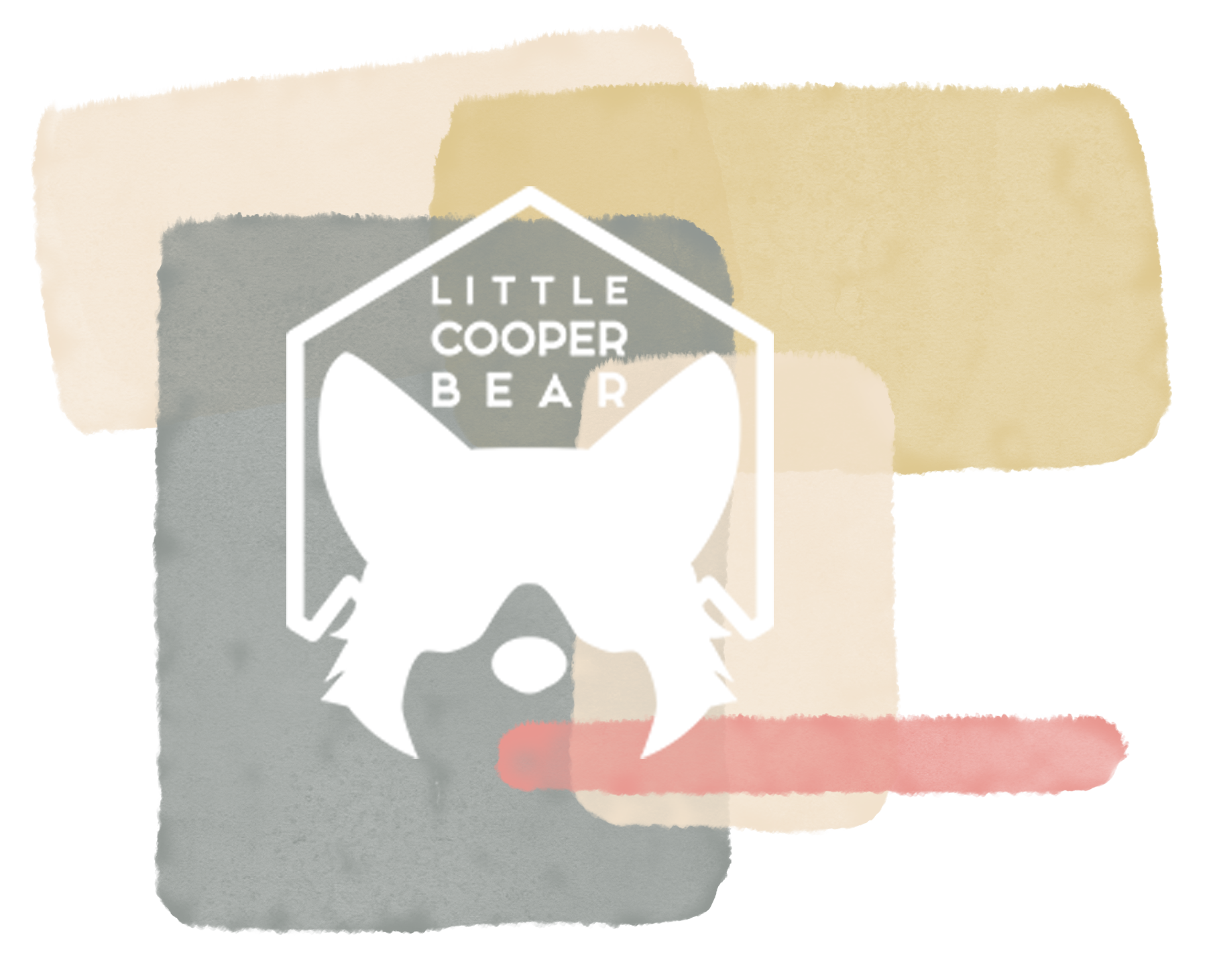How to Stretch Your Dog
Similar to the way humans stretch their bodies before or after working out, dogs need to stretch, too. Stretching your pup before or after any strenuous activity can help improve their overall well-being. Stretching is just as important as taking a dog out for their daily exercise. It's one of the simplest ways you can strengthen and condition your dog's body. Whether your dog is getting old with age or is involved in strenuous activities such as agility or hiking, giving their body a good stretch will provide some much needed love to their hips, joints, and back.
Cooper is a Pembroke Welsh Corgi, which is a breed that's more prone to developing hip, joints and back problems later in life due to the nature of their long body and short stature. As another preventative measure to keeping Cooper's body in tip-top shape, I sought the guidance from our Veterinarian (Fuzzy Pet Health) on the proper way to stretch Cooper before hiking and fetching (these are the activities that he does the most). Now prior to any physical activities, I incorporate a simple stretch routine in order to maintain Cooper's mobility and flexibility.
Here are 4 simple stretches for your dog that can help improve their quality of life. Remember to keep these sessions short, slow, and positive.
Note: Seek a Vet immediately if your pup suddenly show signs of pain. All the stretches you see below came from a professional (A.K.A. Our Veterinarian). Also, this routine should be done on dogs that are done developing. This should not be done on a puppy as it could affect their growth plate. For more info about puppy growth plates, please go here.
1. Shoulder Stretch (Front leg)
Start by having your dog stand on all four paws with one of their side up against your legs. Now gently grasp one of their front legs under the elbow and slowly move the leg forward and upward. If your dog has longer legs (remember that Cooper is a short dog), grasp their front leg above the elbow with your other hand. Once their leg is parallel to the ground, hold that position for 15 seconds.
Repeat this on the other front leg.
This stretch will help improve their shoulder mobility and loosen the chest muscles.
Shoulder stretch
2. Tricep Stretch (Front Leg)
Have your dog in the same standing position as you did for the shoulder stretch. Now gently bend/fold one of your dog's front legs and move it slowly upward. Hold it in place for 15 seconds and slowly release their leg.
Repeat this on the other front leg.
The tricep stretch is aimed at improving front legs flexibility, as well as loosening the chest muscles.
Tricep stretch
3. Hip Stretch (back Leg)
Keep your dog in the same standing position up against your legs. Grasp one of the back legs underneath the knee (use your other hand to grasp above the knee if your dog has longer legs) and slowly move the leg back straight out. Once you reach the point of resistance and their back leg is parallel to the ground, hold it in place for 15 seconds.
Repeat this on the other back leg.
The hip stretch helps to increase movement and flexibility for the hip and lower back.
Hip stretch
4. Paraspinal Stretch
Have your dog stand in front with their back facing you. Take a training treat and guide your dog slowly to the direction of their tail/butt along the body wall. While they are slowly turning, keep in mind that only their head should be the one moving. Once they bend into a C-shape, hold them in this position for 15 seconds.
Repeat this on the other side.
This stretch helps with spinal and neck flexibility, as well as strengthening the neck muscle to help further support the back.
Back/Neck stretch
All these stretches should be done with patience, gentleness, and attentive care. Really take the time to guide your dog into these stretches and make it a positive experience (use training treats). If your dog is not use to being handle for stretching, ease them into it slowly with a lot of praise and treats. Don't worry about not holding them in place for 15 seconds and make sure you ease them up to it (start with 5-10 seconds).
One of the great things about doing these stretches is that it may help uncover any potential problems that your pup may be experiencing. Dogs are usually very good at hiding their pain so this stretch routine acts as another layer to checking for any pain points. If I see Cooper limping, I may do some basic stretches to see where the problem lies and provide specific details to my Vet in case this become serious.
Further Recommended Reading:
Focus on Canine Sports Medicines: Preventing Injuries
Canine Massage and Stretching
How to Strengthen Your Dog's Spine
Disclaimer: These stretches are not meant to be a cure for any ongoing problems your dog may or may not be experiencing. These stretches are more of a preventative measure as a way to condition a dog's body in terms of improving mobility and flexibility. I highly recommend consulting a Vet or a Canine Rehabilitation Practitioner to help demonstrate the best way to stretch your dog.
As always, thank you for reading!





